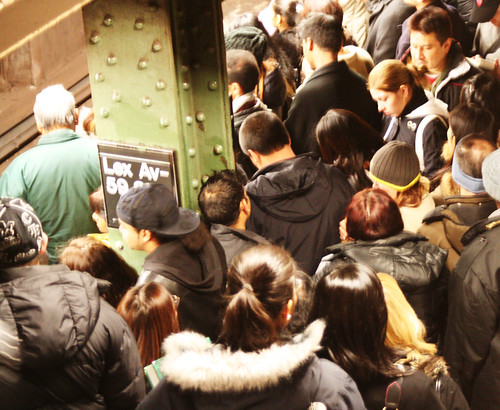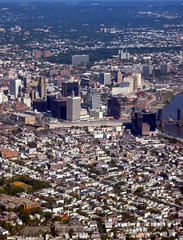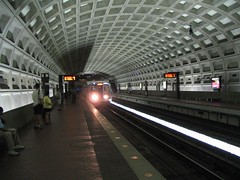Job Alert: Program Analyst – USDOT Federal Transit Administration (FTA) @ Washington, DC
Image Courtesy: Breckfreeride.com
EXTERNAL CANDIDATES: https://www.usajobs.gov/
This position is located in the Office of Program Management, Office of Transit Programs. The office is responsible for administering capital and operating financial assistance programs nationally in support of public transportation systems and other specialized transportation services. This office also oversees technical assistance activities in support of human service transportation. The selectee will be responsible for assisting in the development, implementation, and management of these transportation and technical assistance programs. The programs may include formula and discretionary programs to support urban and rural transportation services as well as targeted human services transportation initiatives.
Under supervision of the Chief, Division of Rural and Targeted Programs or the Chief, Division of Urbanized Area Programs, the selectee participates in the planning, development and implementation of policies, procedures, and technical processes for ongoing program development, implementation and monitoring.
The Ideal Candidate will have excellent communication skills and have the ability to provide specialized technical assistance to grantees, program managers, and senior staff to resolve problems and to ensure successful delivery of Federal funded programs.
DUTIES:
As a Program Analyst, you will:
- Work with FTA headquarters and regional staff on issues and tasks related to development and implementation of formula and discretionary grant programs and related program policies. These include program guidance, program apportionment, budget and obligation activity; monitoring of grant activity and project eligibility for various FTA programs; coordination of labor and grant development issues; program support and technical assistance to the regional offices and transit stakeholders, including the riding public; and development of strategic initiatives. The work may also involve evaluating changes to legislation, identifying program needs or issues, and recommending new guidance or policies to address changes in legislation or program issues. The work includes resolution of issues involving grantees, regional offices, State or local authorities and/or headquarters personnel.
- Assist in development and provision of program guidance to FTA staff and grantees on grant programs such as Urbanized Area Formula Program, the Rural Area Formula program, targeted Human Services Transportation Formula Programs, and other discretionary or formula programs as needed. Track and coordinate information resources for assigned programs and develop or oversee the development of useful materials. Assist in outreach activities and both external and internal relationship development and networking associated with delegated programs.
- Assist in identifying and developing outreach opportunities to share program information and foster collaboration between stakeholders; this may also include directing the activities of relevant technical assistance centers that support FTA’s grant programs.
- Oversee, prepare reports, tables, and summaries on results of delegated programs, and prepare briefing material and information about the formula and/or discretionary programs for use by the Division Chief, Office Director, Deputy Associate and Associate Administrators for Program Management in making program and budget presentations and decisions. Provide grant information to headquarters program and regional offices. Is a member of committees that work to ensure effective management and oversight of FTA grant activities.
- Assure assigned programs comply with pertinent legislation, regulations, and objectives and that program implementation are compatible with DOT and FTA’s environmental, social, economic goals and needs. Participate on discretionary program evaluation panels and help develop strategies and tactics for effective program evaluation and analysis activities for assigned programs.
- Assure that delegated program information and guidance is adequately shared across an effective communication network of internal and external FTA stakeholders. Facilitate communications especially in providing technical assistance and assisting regions with delegated programs. Prepare, review and edit a variety of correspondence, memoranda, speeches, briefs, presentations, newsletters and other types of communication materials. Oversee and assess materials developed in support of the delegated programs and ensure effective review and approvals from other Department of Transportation officials as required. Present at conferences, support and may lead webinars, conference calls and other activities in support of assigned programs. Is cognizant of and communicates how DOT and FTA’s mission is enabled by assigned programs. May be assigned Congressional, General Accountability Office, Freedom of Information Act, Contact US and other controlled correspondence and important information requests.
Click the URL links below to learn more and to apply:
- EXTERNAL CANDIDATES: https://www.usajobs.gov/
GetJob/ViewDetails/389466100 - FEDERAL EMPLOYEES: https://www.usajobs.gov/
GetJob/ViewDetails/389464500











